

- RFQ
- BOM
-
Contact Us
Tel: +86-0755-83501315
Email: sales@sic-components.com
- Chinese
- English
- French
- German
- Portuguese
- Spanish
- Russian
- Japanese
- Korean
- Arabic
- Irish
- Greek
- Turkish
- Italian
- Danish
- Romanian
- Indonesian
- Czech
- Afrikaans
- Swedish
- Polish
- Basque
- Catalan
- Esperanto
- Hindi
- Lao
- Albanian
- Amharic
- Armenian
- Azerbaijani
- Belarusian
- Bengali
- Bosnian
- Bulgarian
- Cebuano
- Chichewa
- Corsican
- Croatian
- Dutch
- Estonian
- Filipino
- Finnish
- Frisian
- Galician
- Georgian
- Gujarati
- Haitian
- Hausa
- Hawaiian
- Hebrew
- Hmong
- Hungarian
- Icelandic
- Igbo
- Javanese
- Kannada
- Kazakh
- Khmer
- Kurdish
- Kyrgyz
- Latin
- Latvian
- Lithuanian
- Luxembou..
- Macedonian
- Malagasy
- Malay
- Malayalam
- Maltese
- Maori
- Marathi
- Mongolian
- Burmese
- Nepali
- Norwegian
- Pashto
- Persian
- Punjabi
- Serbian
- Sesotho
- Sinhala
- Slovak
- Slovenian
- Somali
- Samoan
- Scots Gaelic
- Shona
- Sindhi
- Sundanese
- Swahili
- Tajik
- Tamil
- Telugu
- Thai
- Ukrainian
- Urdu
- Uzbek
- Vietnamese
- Welsh
- Xhosa
- Yiddish
- Yoruba
- Zulu
- Kinyarwanda
- Tatar
- Oriya
- Turkmen
- Uyghur
What is low ESR in capacitors? Why is low ESR important for Capacitor Design?
1. What is a Low ESR Capacitor? https://www.sic-components.com/capacitors
A capacitor is a fundamental electronic component that stores electrical energy in an electric field. In an ideal scenario, a capacitor would have no resistance to the flow of current during charging and discharging processes. However, in the real world, capacitors possess a certain amount of equivalent series resistance (ESR).
A low ESR capacitor is one that has a relatively small value of this equivalent series resistance. The ESR of a capacitor is the sum of various resistive elements within the capacitor, such as the resistance of the leads, plates, connections, leakage paths, and the dielectric material itself. For example, in ceramic capacitors, the ESR is influenced by factors like the microstructure of the dielectric, the formulation of the dielectric material, and the concentration of impurities. In tantalum capacitors, the ESR is mainly contributed by losses in the contacting materials and the oxide insulators.
Low ESR capacitors are designed to minimize these resistive losses, which can have a significant impact on the performance of electronic circuits. Different types of capacitors, such as ceramic, tantalum, and aluminum electrolytic capacitors, can be engineered to have low ESR values depending on the specific requirements of the application.
2. Why Low ESR Matters in Capacitor Design? https://www.sic-components.com/capacitors
In capacitor design, low Equivalent Series Resistance (ESR) matters for several crucial reasons, mainly related to efficiency, performance, and reliability. The specific details are as follows:
Improving Power Efficiency: In a circuit, a capacitor with low ESR can reduce resistive losses. According to Joule's law, Q=I2Rt, where Q is the heat generated, I is the current, R is the resistance, and t is the time. Since ESR represents the resistance in a capacitor, a lower ESR means less heat is generated for the same current and time, reducing energy waste. This is particularly important in high - power - consumption circuits or those requiring high - efficiency energy conversion, such as switching power supplies. Low - ESR capacitors can improve the overall power efficiency of the circuit, enabling more efficient use of energy and reducing heat - related problems.
Enhancing Circuit Performance
Signal Filtering and Smoothing: In many electronic circuits, such as power supply circuits, it is necessary to filter out high - frequency noise and ripple signals. Capacitors with low ESR have better high - frequency characteristics and can more effectively filter out high - frequency components. Because the impedance of a capacitor at high frequencies is mainly determined by its ESR and capacitance, a lower ESR allows the capacitor to have a lower impedance at high frequencies, making it easier for high - frequency noise to pass through to the ground, thereby achieving better filtering and smoothing effects. This is crucial for ensuring the stability of power supply voltages and the purity of signal waveforms.
Fast Response to Transient Signals: In circuits with rapid charge and discharge processes, such as in some pulse - type or high - speed switching circuits, low - ESR capacitors can respond quickly to changes in voltage and current. Due to their low resistance, they can charge and discharge rapidly, following the changes in the input signal. This enables the circuit to handle transient signals effectively, ensuring the normal operation of the circuit in high - speed switching or pulse - width - modulation applications.
Extending Component Lifespan
Reducing Thermal Stress: High ESR leads to more heat generation in capacitors, which in turn increases the temperature of the capacitor and its surrounding components. Prolonged exposure to high temperatures can accelerate the aging of capacitor materials, such as the drying out of electrolytes in electrolytic capacitors, the degradation of dielectric materials, and the weakening of internal connections. These factors can cause the capacitance value to change, the ESR to increase further, and eventually lead to the failure of the capacitor. By using low - ESR capacitors, the amount of heat generated is reduced, thereby reducing thermal stress and extending the service life of the capacitor and other components in the circuit.
Preventing Premature Failure: In addition to thermal stress, high ESR can also cause other problems that lead to premature capacitor failure. For example, in some high - current applications, the excessive heat generated by high - ESR capacitors can cause local overheating, which may lead to the breakdown of the dielectric material or the melting of internal conductors. Low - ESR capacitors help to avoid these issues, ensuring the long - term reliable operation of the circuit.
Optimizing System Design
Enabling Compact Design: The use of low - ESR capacitors allows for a more compact circuit design. Since low - ESR capacitors can achieve better performance with the same capacitance value, fewer capacitors may be required to meet the circuit's requirements. This reduces the space occupied by capacitors on the printed circuit board, enabling more components to be integrated into a limited space and facilitating the miniaturization and lightweight design of electronic products.
Reducing Component Count: In some cases, high - ESR capacitors may require multiple capacitors to be connected in parallel to achieve the desired filtering and energy - storage effects. However, using low - ESR capacitors can often achieve the same or better results with a single capacitor or a fewer number of capacitors. This not only reduces the component count but also simplifies the circuit layout and reduces the complexity of the circuit, making the circuit more reliable and easier to maintain.
3. How To Select (And Maintain) Low-ESR Values https://www.sic-components.com/capacitors
Selection
The selection of a capacitor with the appropriate low ESR value depends on several factors. Firstly, the specific requirements of the circuit must be considered. For example, in a high-power application, a capacitor with a very low ESR may be necessary to handle the large currents and minimize power losses. In contrast, for a low-power circuit, a capacitor with a slightly higher but still acceptable ESR may be sufficient.
The type of capacitor also plays a significant role. Ceramic capacitors, especially those with high-quality dielectric materials, often offer very low ESR values and are suitable for high-frequency applications. Tantalum capacitors, on the other hand, can provide a good balance between capacitance and low ESR, making them suitable for applications where both high capacitance and low ESR are required. Aluminum electrolytic capacitors can also have low ESR values, especially when using advanced designs such as polymer or hybrid electrodes.
Another important factor is the operating conditions of the circuit, including the temperature, voltage, and frequency. The ESR of a capacitor can vary with these conditions, so it is essential to select a capacitor that maintains a low ESR within the expected operating range.
Maintenance
Once a low ESR capacitor is selected and installed in a circuit, proper maintenance is required to ensure its continued performance. Temperature control is crucial, as excessive heat can cause the ESR of the capacitor to increase over time. Minimizing temperature cycling and ensuring proper heat dissipation can help extend the lifespan of the capacitor.
Avoiding overvoltage and overcurrent conditions is also essential. Exceeding the rated voltage or current of the capacitor can cause damage and lead to an increase in ESR. Regularly checking the circuit for any signs of abnormal operation, such as excessive heating or voltage fluctuations, can help identify potential issues early.
In addition, protecting the capacitor from environmental factors such as moisture and corrosion is important. Moisture and salts can react with the exposed metals of the capacitor, increasing the ESR and potentially causing failure. Using proper encapsulation and protection methods can help prevent these issues.
4. A Proper Layout Minimizes ESR https://www.sic-components.com/capacitors
The layout of a circuit can have a significant impact on the ESR of a capacitor. When designing the circuit layout, it is important to place the capacitors as close as possible to the components they are intended to support, especially in the case of decoupling capacitors. Decoupling capacitors are used to provide local power supply to integrated circuits (ICs) and reduce noise. Placing small capacitance low ESR capacitors as close as possible to the IC power pins ensures that they can quickly respond to changes in power demand.
Using short, direct routing for the capacitor connections is also crucial. Long traces can introduce additional inductance and resistance, which can increase the overall ESR of the circuit. By keeping the traces short and direct, the inductance and resistance are minimized, resulting in a lower ESR.
Furthermore, when using capacitor networks, such as parallel or series combinations of capacitors, the layout should be carefully designed to ensure proper electrical connections and minimize any additional resistance or inductance introduced by the network.
5. What’s the Difference Between ESR and ESL? https://www.sic-components.com/capacitors
ESR and ESL (Equivalent Series Inductance) are two important parameters that describe the behavior of a capacitor in an electrical circuit. ESR, as previously discussed, represents the resistance to the flow of current within the capacitor. It is responsible for the energy losses that occur during the charging and discharging processes, mainly in the form of heat.
ESL, on the other hand, represents the inductance associated with the capacitor. It describes the resistance to changes in the current value. In simple circuits operating at relatively low currents and using direct current (DC), the ESL value is often small enough to be neglected in calculations. However, in applications where the current changes rapidly, such as in high-frequency circuits or circuits with large current spikes, the ESL value becomes significant.
For example, in an alternating current (AC) circuit or a circuit where the current changes from 0 A to a large value in a very short time, the ESL can cause a voltage drop across the capacitor, which can affect the performance of the circuit. In such cases, both ESR and ESL need to be considered when designing the circuit and selecting the appropriate capacitor.
6. Why Does Low ESR Matter in Supercapacitors? https://www.sic-components.com/capacitors
Supercapacitors, also known as ultracapacitors, are energy storage devices that can store and release large amounts of electrical energy in a short period. In supercapacitors, low ESR is of critical importance for several reasons.
Firstly, supercapacitors are designed to handle extremely high currents, often up to tens of kiloamps. A high ESR in a supercapacitor would result in rapid heating due to the significant resistive losses, which can lead to faster degradation of the supercapacitor and even pose safety risks. By keeping the ESR as low as possible, the thermal losses are minimized, and the supercapacitor can operate more efficiently and safely.
Secondly, low ESR in supercapacitors enhances their power density. Power density is the amount of power that can be delivered per unit volume or mass of the energy storage device. A lower ESR allows the supercapacitor to deliver more power in short bursts, which is crucial for applications such as regenerative braking in vehicles, where energy needs to be quickly recovered and reused.
Moreover, low ESR reduces power loss during the charge and discharge cycles of the supercapacitor. This improves the overall efficiency of the supercapacitor-based system, especially in applications where rapid charge and discharge are required.
Elevate Power Performance with SIC Company's Components https://www.sic-components.com/capacitors
In the dynamic world of electronics, power performance is the cornerstone of success, and SIC Company stands as a beacon of excellence. Our meticulously crafted components are engineered to revolutionize your projects, ensuring unparalleled efficiency and reliability.
At SIC Company, we specialize in producing low - ESR capacitors, a game - changer in power management. These components reduce energy losses, enhance signal stability, and enable faster charge - discharge cycles, crucial for high - performance applications. Our advanced manufacturing techniques and rigorous quality control guarantee that each component meets the most stringent industry standards.
Whether you're working on cutting - edge electronics or upgrading existing systems, SIC Company's components are your key to unlocking peak power performance. Trust in us to drive your innovation forward.
https://www.sic-components.com/capacitors

Hot Products
View MoreRelated Blogs

2000+
Daily average RFQ Volume

30,000,000
Standard Product Unit

2800+
Worldwide Manufacturers

15,000 m2
In-stock Warehouse



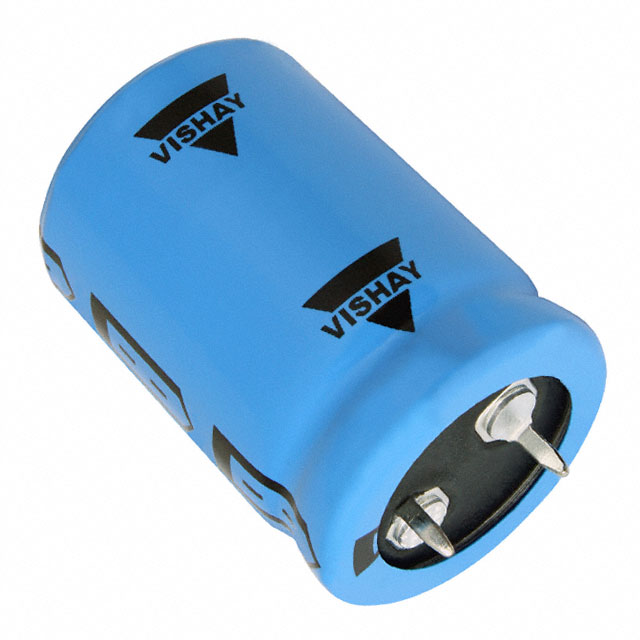
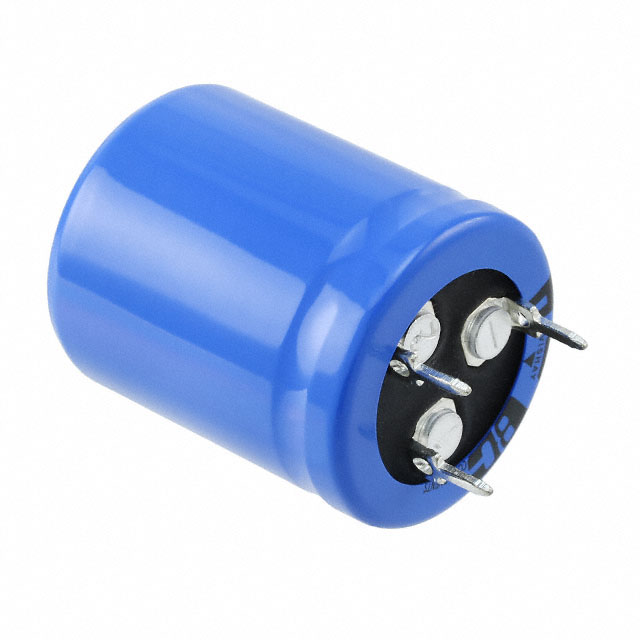
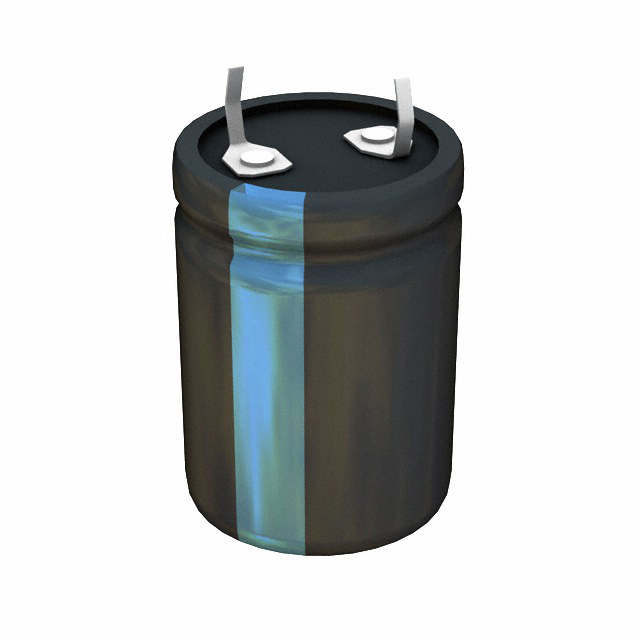

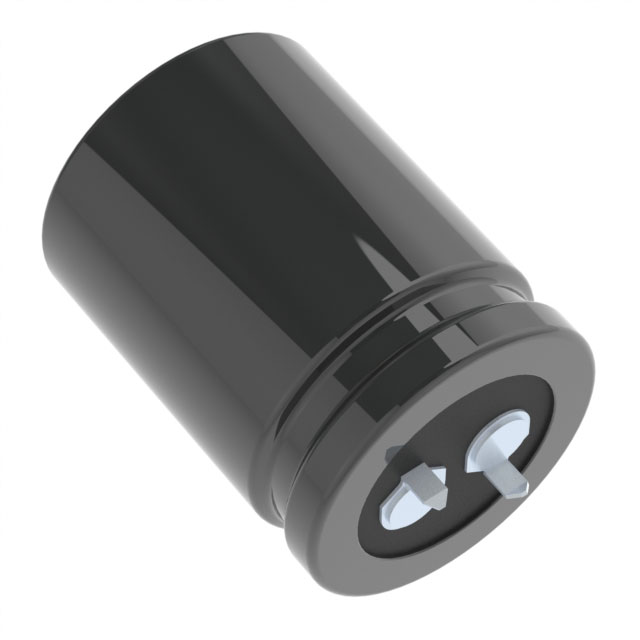
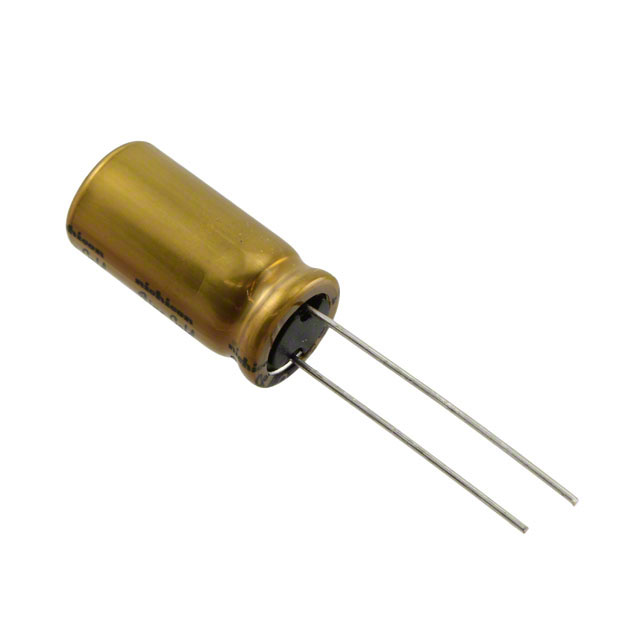

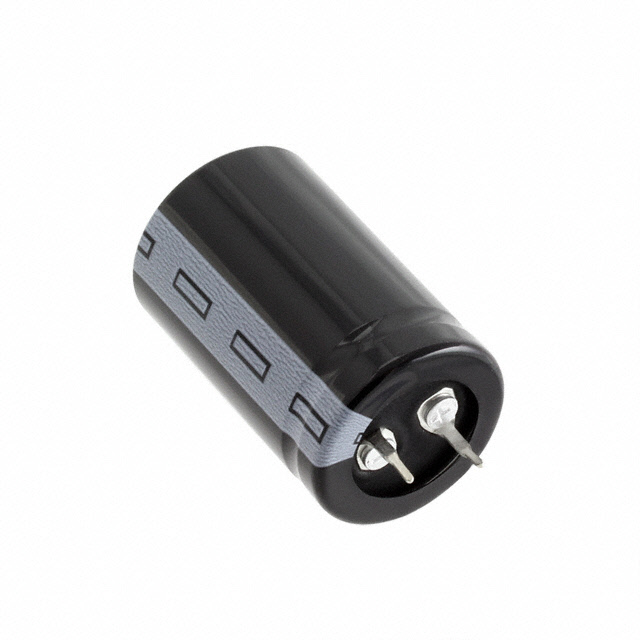
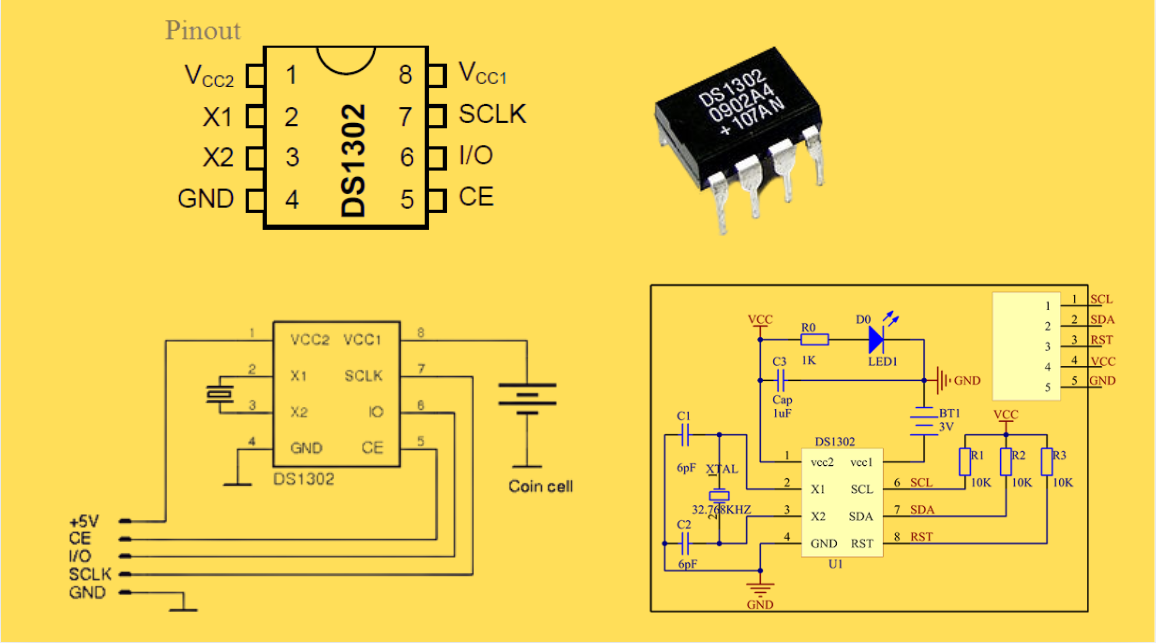
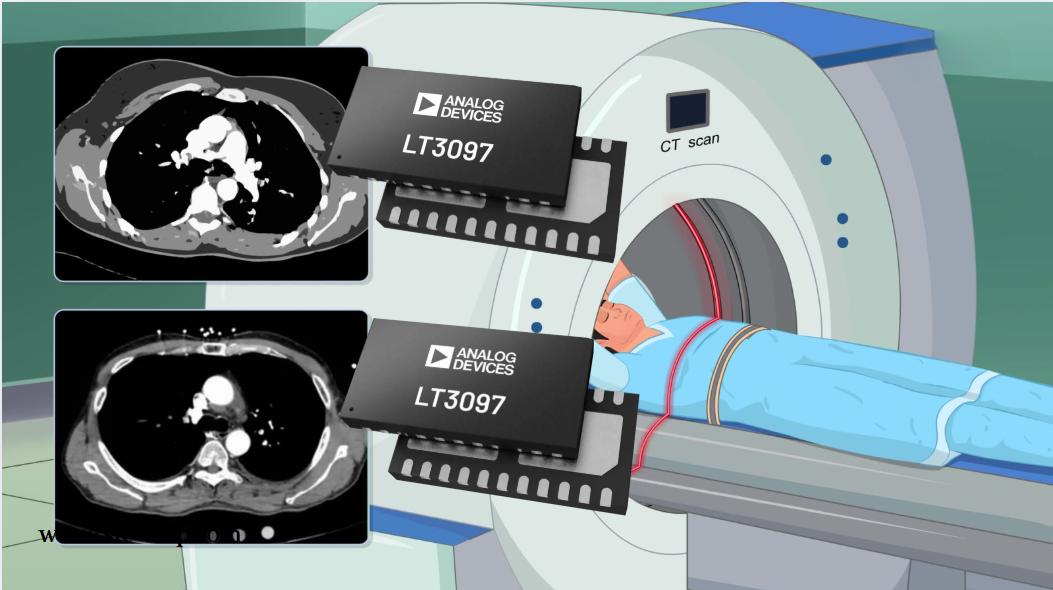
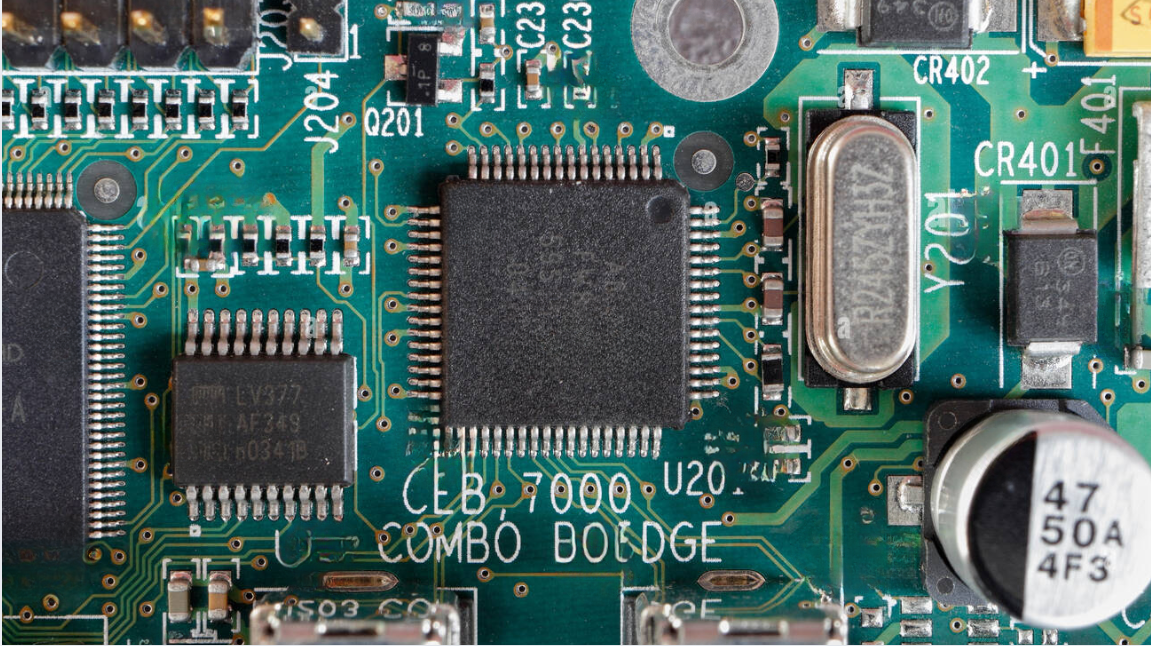
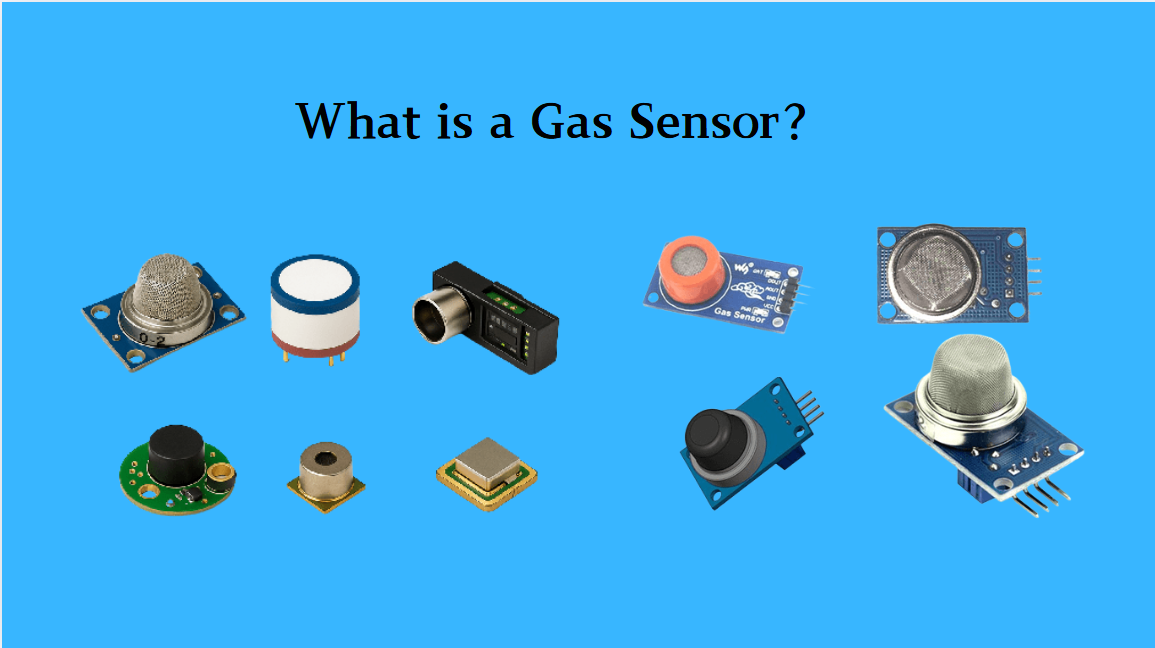
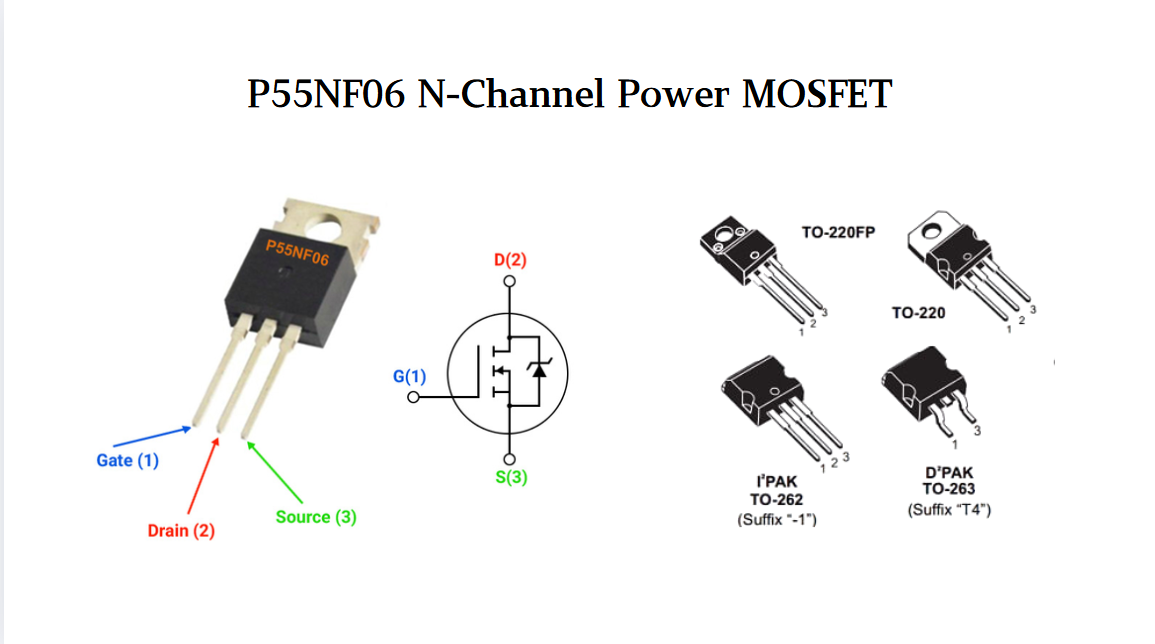
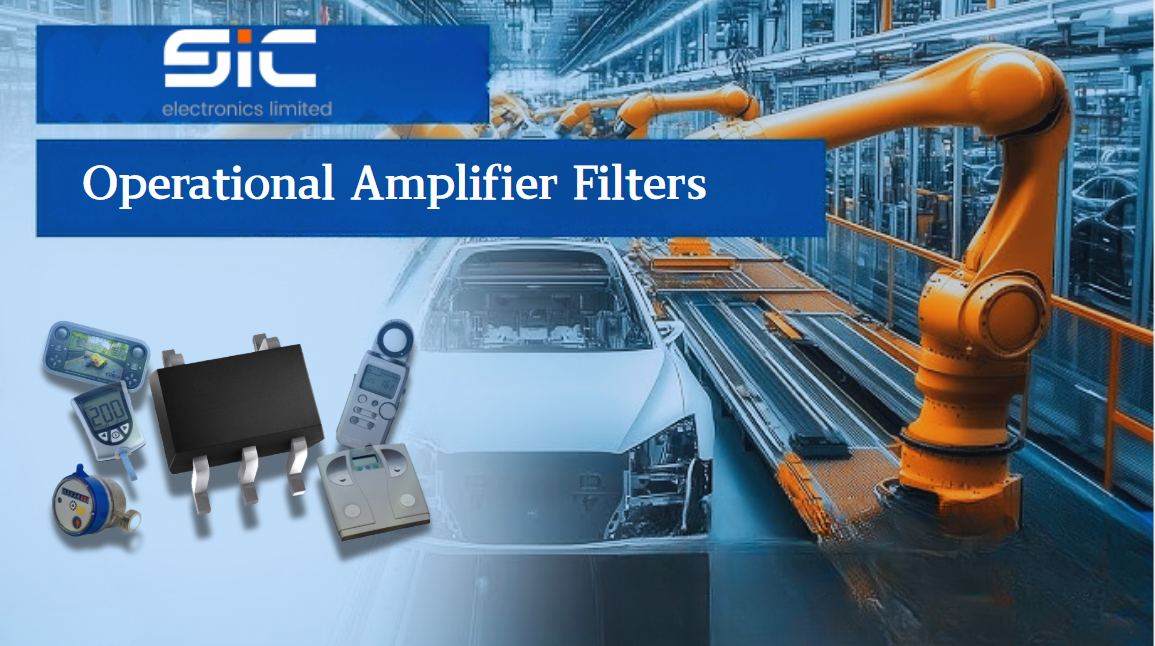

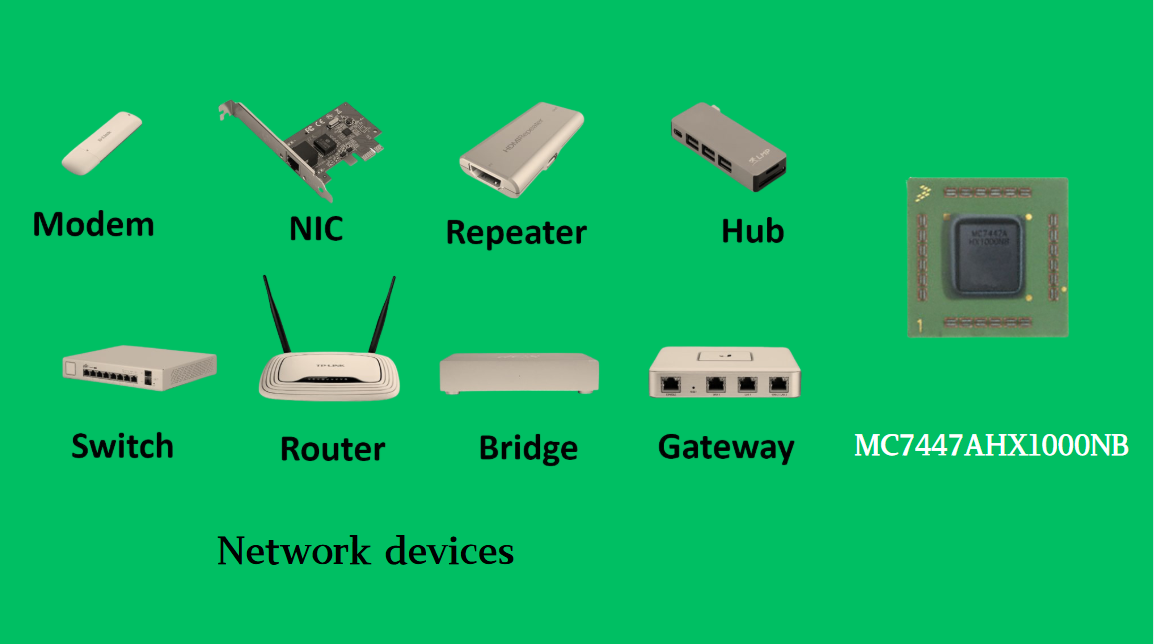
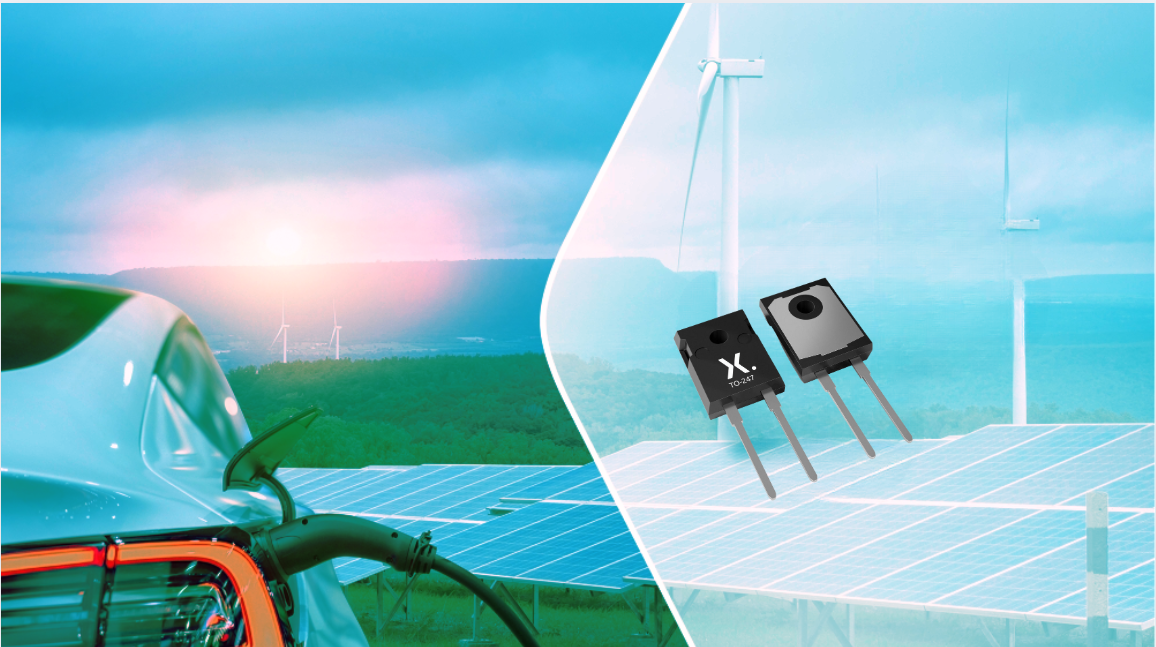
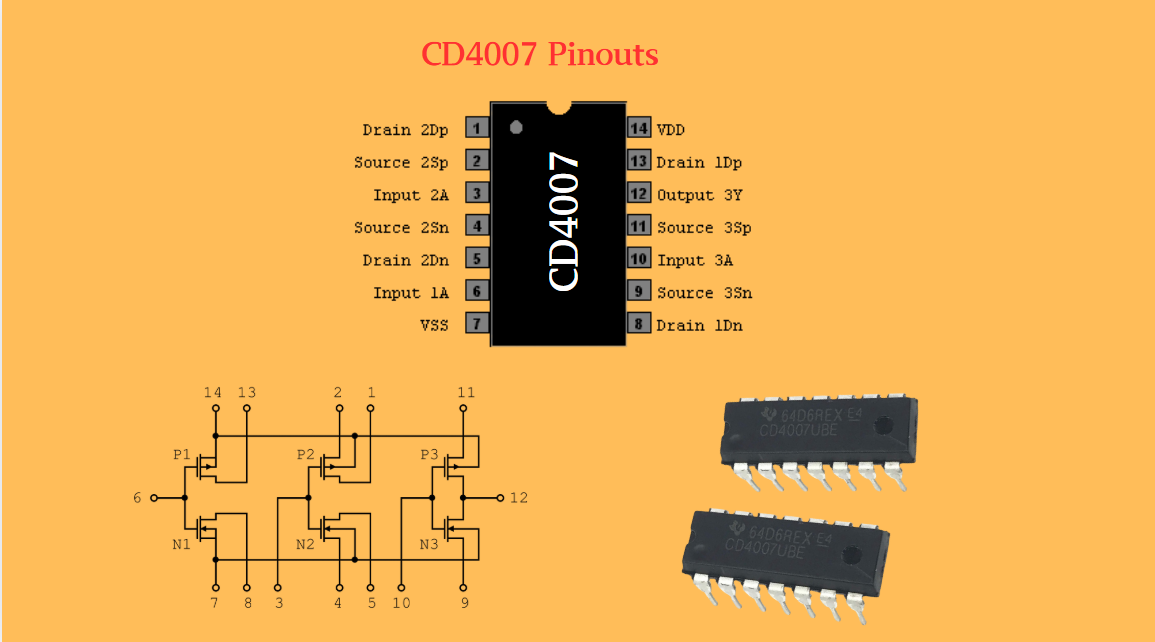
 Wishlist (0 Items)
Wishlist (0 Items)